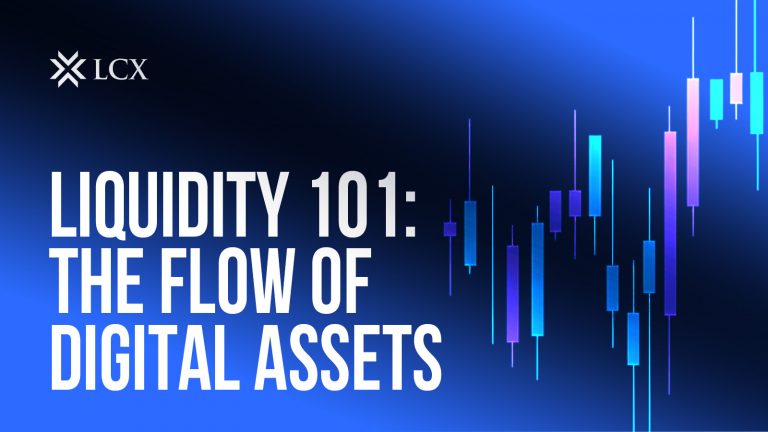In the world of investing, the term “bull market” is often used — especially when asset prices are rising, charts are glowing green, and investor confidence is running high. But what is a bull market, really?
It’s more than just a trend — it’s a reflection of market optimism, strong economic indicators, and increasing demand across financial sectors. Whether you’re new to investing or a seasoned trader, understanding a bull market definition, how it works, and what defines one can help you make smarter decisions.
In this blog, we’ll break it down in simple terms and explain why it matters to every investor.
Bull Market Definition: The Basics
Let’s start by understanding the bull market definition in the most straightforward way.
A bull market refers to a financial market condition in which prices are rising or are expected to rise. Most commonly, the term is used in reference to the stock market, but it can apply to any financial market — including crypto, bonds, real estate, or commodities.
While there’s no universally agreed-upon percentage that defines a bull market, a common benchmark is a rise of 20% or more in market prices from recent lows, typically sustained over a period of months or even years.
If you’re new to trading, think of a bull market as a time when “the bulls are in control”— optimism is high, investors are confident, and market activity surges upward.
What Does Bull Market Mean in Real Terms?
So, what does bull market mean for investors and the market as a whole?
A bull market reflects positive investor sentiment. Investors expect strong future growth in company earnings, the economy, or underlying asset values. As a result, they buy more, driving prices up even further. The momentum fuels itself — until something changes.
This phase often includes:
- Higher stock or asset valuations
- Lower unemployment rates
- Strong GDP growth
- Rising consumer confidence
- Increased investor risk appetite
A bull in the market tends to charge ahead, creating a cycle of enthusiasm and wealth creation.
What Defines a Bull Market? Key Indicators
You might wonder, what defines a bull market and how you can spot one?
Here are some telltale signs:
1. Upward Trending Prices
Markets show a consistent trend of rising prices across major indices or asset classes.
2. Strong Economic Indicators
Bull markets often occur alongside or in anticipation of strong economic performance. GDP growth, low interest rates, and job creation are all contributing factors.
3. High Investor Confidence
Surging investor optimism plays a key role. When investors believe prices will continue to rise, more people invest, pushing prices even higher.
4. Market Momentum
During a bull run, dips are often short-lived, and market sentiment tends to bounce back quickly.
Understanding these factors can help you better define a bull market when looking at charts or economic news.
Historical Examples of Bull Markets
To further grasp what a bull market is, let’s take a look at a few real-world examples:
- The 1982–2000 Bull Market (US): One of the longest in history, fueled by technological innovation, deregulation, and globalization.
- 2009–2020 Bull Market: Following the 2008 financial crisis, this bull run was driven by low interest rates, quantitative easing, and tech-sector growth.
- Crypto Bull Run 2020–2021: Bitcoin and altcoins saw massive gains, with Bitcoin surging from under $10,000 to over $60,000, fueled by institutional interest and decentralized finance (DeFi) momentum.
These examples highlight how a bull in the market behaves — charging forward, setting new highs, and pulling in waves of investor interest.
What Happens During a Bull Market?
A bull market is typically characterized by:
- Capital inflows into equities or crypto
- Increased IPO activity
- Greater media attention to financial markets
- Higher trading volumes
Bull Market vs. Bear Market
If you’ve heard of a bull market, you’ve likely heard of its counterpart: the bear market.
Here’s a quick comparison to help you understand the difference: While bull markets offer great opportunities, bear markets often test an investor’s patience and strategy.
| Feature | Bull Market | Bear Market |
| Market Trend | Rising prices | Falling prices |
| Investor Sentiment | Optimistic | Pessimistic |
| Economic Outlook | Strong or improving | Weak or declining |
| Investment Strategy | Buy and hold, growth investing | Defensive, value investing |
What Does It Mean for You?
Now that we’ve answered what a bull market is, you may be wondering how it affects you.
If you’re an investor, a bull market can be a chance to build wealth. But it’s also a time to stay disciplined:
- Don’t let hype override your investment strategy.
- Diversify to reduce risk.
- Take profits when needed.
- Always be prepared for the cycle to change.
Even though it feels like the bull in the market will never slow down, long-term success comes from staying grounded, not just riding the hype.
Why Bull Markets Matter in Crypto
Bull markets in crypto are especially explosive due to the high volatility of digital assets. Price gains can be dramatic — sometimes 10x or 100x — attracting retail and institutional investors alike.
But crypto bull runs are often followed by sharp corrections. So, while the upside is huge, so is the risk.
Understanding what a bull market is helps crypto traders navigate both excitement and volatility with more awareness and strategy.
Final Thoughts: Embrace the Bull, But Stay Smart
To sum it up, if you’ve ever wondered what bull market means, think of it as a time when markets are climbing, optimism is rising, and opportunities are everywhere.
But even in a bull market, not every asset will soar. So, while the trend is your friend, it’s wise to do your research, manage risk, and stay alert.
Whether you’re trading stocks, crypto, or any other asset class, knowing how to define a bull market and recognizing what defines a bull market can give you the edge you need to make informed decisions.
FAQs about Bull Market
What is a bull market in simple terms?
A bull market is a period when asset prices are rising or expected to rise. It’s often driven by strong economic performance, investor confidence, and positive market sentiment.
How long does a bull market last?
There’s no fixed duration. Bull markets can last for months or even years, depending on economic conditions and investor behavior. Historically, some have lasted over a decade.
What causes a bull market?
Bull markets are typically caused by strong economic growth, low unemployment, rising corporate profits, and optimistic investor sentiment.
How do I invest in a bull market?
Many investors adopt a buy-and-hold strategy during bull markets. It’s important to research assets, diversify your portfolio, and avoid emotional decision-making.
What is the difference between a bull and a bear market?
A bull market is marked by rising prices and optimism, while a bear market is characterized by falling prices and pessimism. They represent opposite phases of the market cycle.









